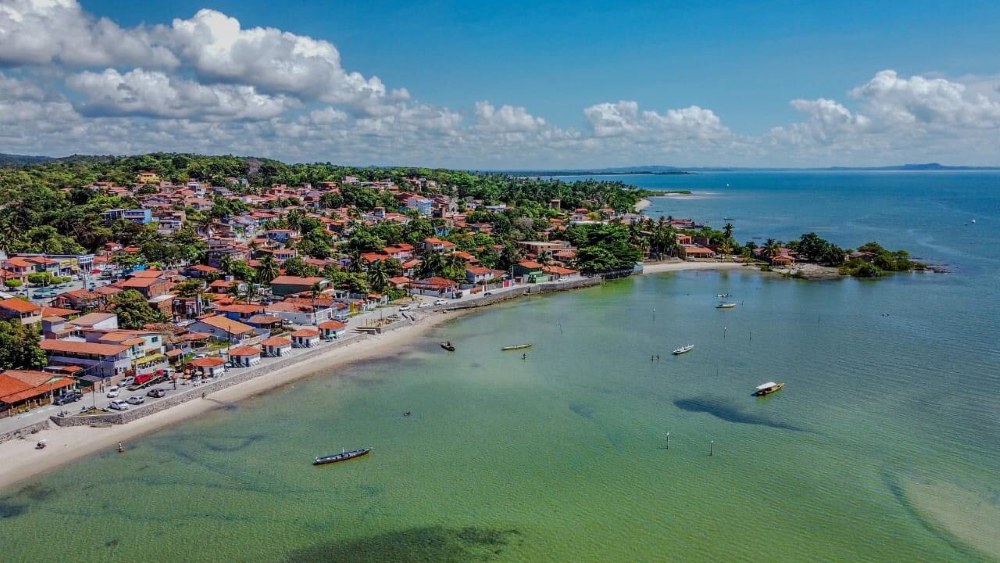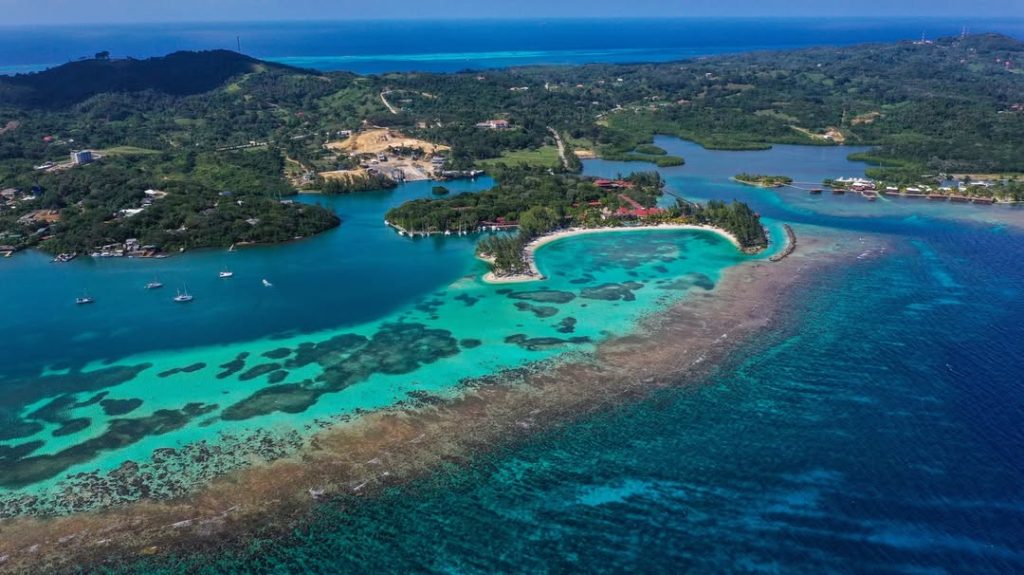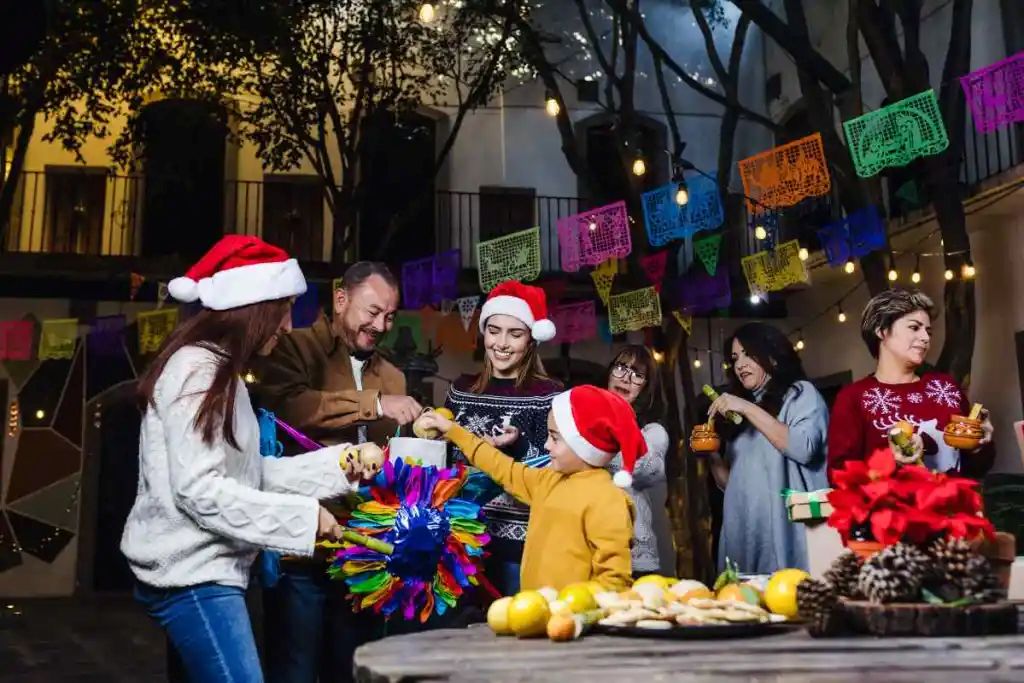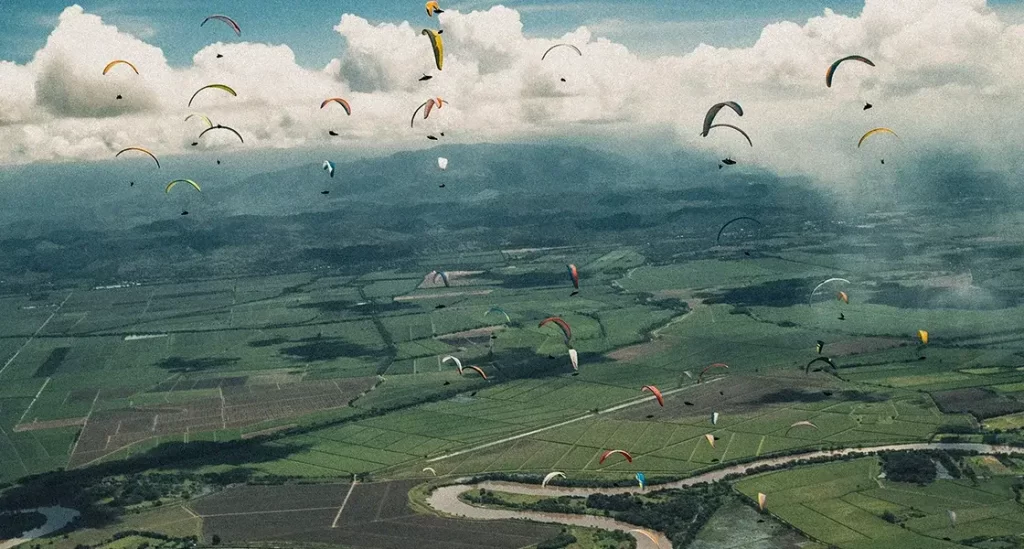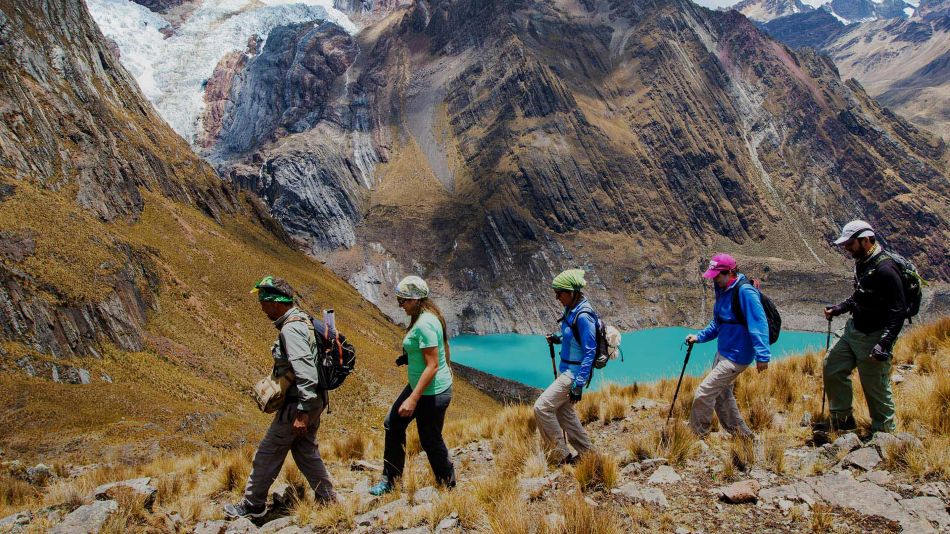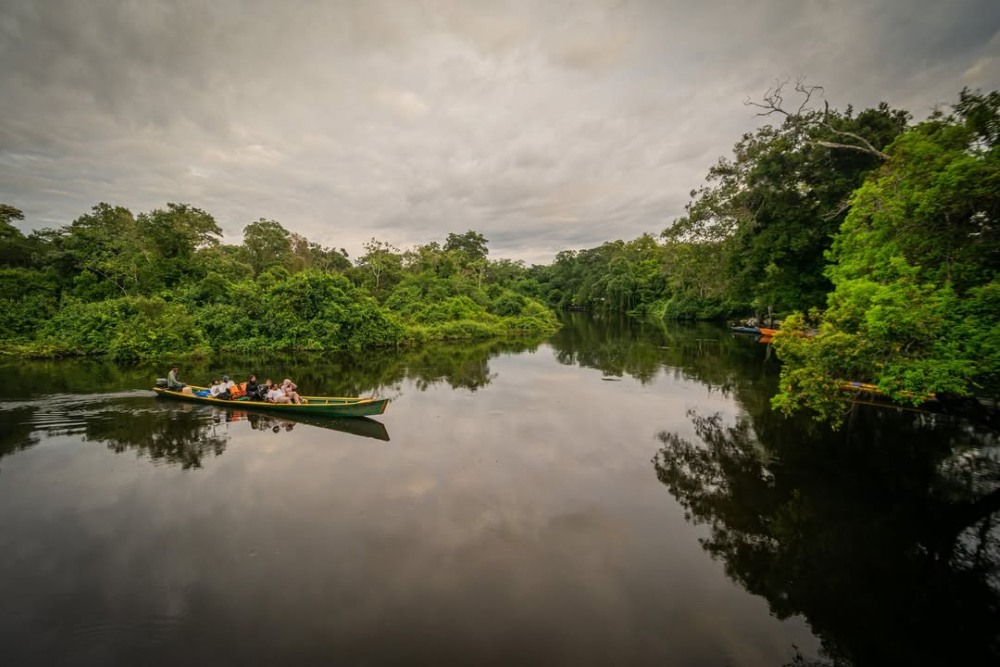Monumental murals that ignite entire facades, rugged trails leading to the summit of an active volcano, museums that revive collective memory, a local cuisine that is both simple and generous, and artistic collectives that welcome you with no fuss… San Salvador is not a city built to impress tourists — and that’s precisely what makes it so captivating.
Here, there are no polished facades for visitors or Instagram-perfect neighborhoods. What you discover is a living, raw, and honest capital. A city that tells its story without embellishment, where you breathe in the daily life, commitment, resilience, and that burst of creativity that emerges where you least expect it. San Salvador moves to its own rhythm — and it’s this sincerity that makes it so unique.
A Historic Center That Doesn’t Pretend
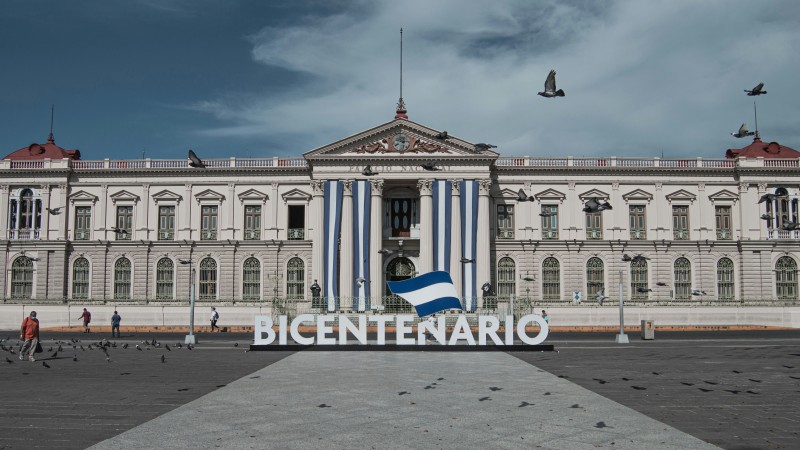
Downtown San Salvador isn’t a perfectly restored postcard — but it exudes rare authenticity. Plaza Barrios, the beating heart of the historic center, is surrounded by iconic buildings such as the Metropolitan Cathedral, the National Palace, and the National Theater.
Just a few steps away, El Rosario Church surprises with its modern design and stained glass windows that flood the interior with colorful light. In the surrounding streets, traditional markets like Mercado Central and Ex-Cuartel invite visitors to taste typical dishes and soak up the urban atmosphere.
Street Art and Community Workshops
In San Salvador, art doesn’t confine itself to galleries. It flourishes in the streets, on walls, in neighborhood workshops, and appears in unexpected corners. Zacamil, a neighborhood known for its residential complexes, has transformed in recent years into an epicenter of urban art.
The buildings have become giant canvases for Salvadoran artists, who depict the country’s history, diversity, and memory. These murals are often the result of collective projects bringing together young people, artists, cultural groups, and residents in a mission of social transformation through art.
The themes are as powerful as they are varied: indigenous symbols, portraits of historical figures, scenes from daily life, landscapes, messages of peace or social justice. Walking through Zacamil feels like stepping into an open-air museum.
Eating Well and Going Out at Your Own Pace
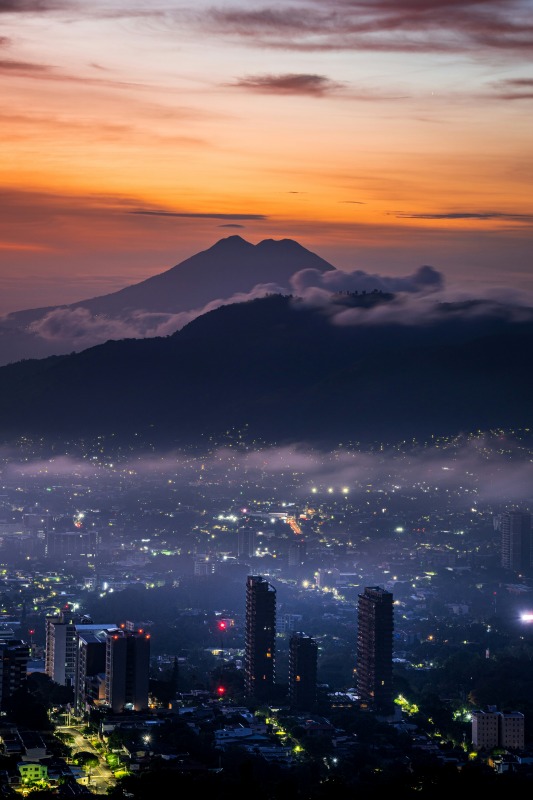
In San Salvador, social life flows naturally. No pretenses or glitter. Neighborhoods like San Benito, La Escalón, or Boulevard del Hipódromo host some of the city’s best restaurants — and are worth a visit even after dinner.
The local culinary star? The pupusa: a thick corn or rice flatbread filled with cheese, refried beans, or loroco. It’s eaten hot, with your hands, accompanied by curtido (fermented cabbage with carrots and vinegar).
Once you’re full, the night continues in an eclectic atmosphere: cocktail bars with terraces, electronic music clubs, jazz bars, Latin dance clubs, or lounge restaurants that transform after dark.
Nature Within Easy Reach
One of San Salvador’s biggest assets is how quickly the scenery changes. Within just 30 minutes, you can find yourself in a completely different setting. El Boquerón National Park, perched atop the San Salvador volcano, offers short hikes through dense vegetation and views over a massive crater 1.5 km in diameter. The site also features scenic lookouts, marked trails, and traditional food stalls.
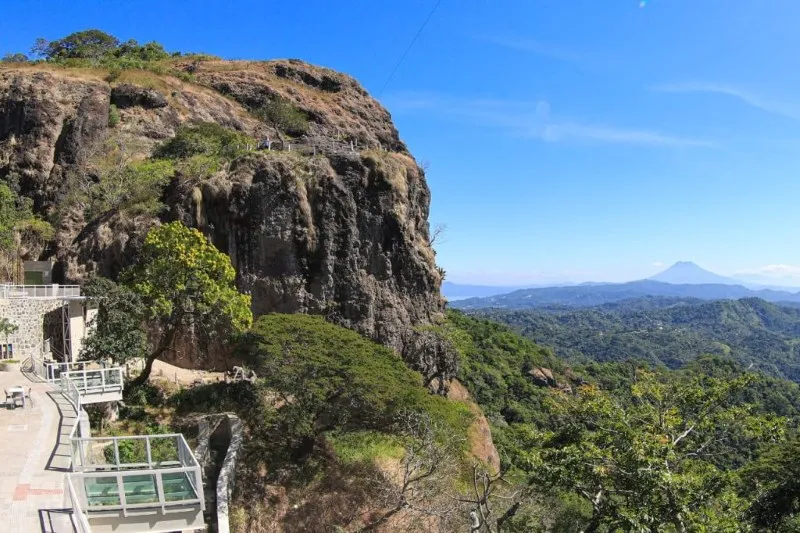
Another must-see escape: La Puerta del Diablo (The Devil’s Door), a site named after a local legend. It’s said that during colonial times, the devil courted a local girl. When caught, he fled by breaking the rock, creating this dramatic and iconic rock formation. A perfect spot for thrill-seekers and lovers of breathtaking landscapes.
Not far from there, in the Bálsamo mountain range, the Walter Thilo Deininger Nature Park is a protected reserve rich in biodiversity, with both tropical dry and humid forests. It’s ideal for hiking, with guided trails through caves, rock formations, and natural viewpoints.
Just a few minutes from downtown, Lake Ilopango — a former volcanic crater now filled with water — is perfect for kayaking, paddleboarding, or even diving. Surrounded by restaurants and nautical clubs, it’s an excellent option for a relaxing day without straying too far.
Our article: Tourism Growth in El Salvador: An Unprecedented Boom
Traveling to San Salvador isn’t about following a checklist or sticking to a fixed itinerary. It’s an invitation to wander, to observe, to sit on a sidewalk and let the city live around you — with a cumbia softly playing in the background as the afternoon winds down. Here, the traveler is not just a spectator, but a partner in the everyday rhythm of life.
For those in search of destinations with soul — and not just tourist labels — San Salvador is a hidden gem waiting to be discovered.
Photos: Diario El Salvador | E. Fuentes Gonzalez | Insituto Salvadoreo de Turismo | Ricky Mejia


